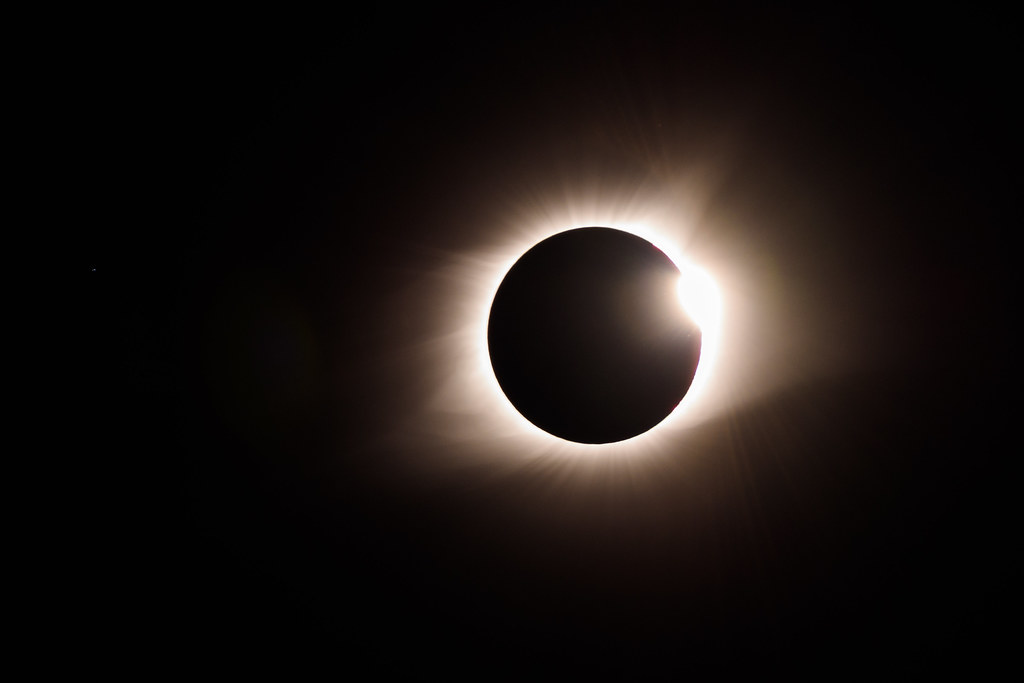The Gist: Georgia residents are in for a celestial treat on October 14, as a partial solar eclipse graces the sky, painting a picturesque silhouette of the Moon veiling the Sun.
The Details: The eclipse will begin its course at 11:40 a.m., reaching its maximum obscure at different times across the state; 1:12 p.m. in Atlanta and around 1:13 to 1:15 p.m. in other parts. The spectacle will wind down by 2:56 p.m., leaving behind a sky gazing experience to cherish.
By The Numbers:
- Duration: The eclipse will last for about 3 hours and 16 minutes.
- Magnitude: The eclipse magnitude, a measure of the eclipse’s depth, hovers around 0.620 – 0.621, indicating a substantial cover of the Sun by the Moon.
In Context: While the October 14 event is a partial solar eclipse in Georgia, it’s part of a broader annular solar eclipse sweeping across parts of North and Central America. Unlike a total solar eclipse, an annular eclipse leaves a ring of fire like appearance of the Sun as the Moon covers its center.
While your friends and family may have talked about the “ring of fire” effect, keep in mind that the ring will not be visible from Georgia. We will see the moon blocking roughly half of the sun.
Why It Matters: Solar eclipses are not just celestial spectacles but also provide a unique opportunity for the scientific community to study the Sun’s outer atmosphere, and for the public to engage with astronomy.
What Causes A Solar Eclipse?: A solar eclipse occurs when the Moon passes directly between the Earth and the Sun, temporarily blocking all or part of the Sun’s light. The shadow cast by the Moon can fall on the Earth’s surface, creating a solar eclipse as viewed from Earth. There are three types of solar eclipses: total, partial, and annular. In a total solar eclipse, the Moon completely covers the Sun, as viewed from Earth. During a partial solar eclipse, only a part of the Sun is obscured. In an annular solar eclipse, the Moon covers the center of the Sun, leaving a ring-like appearance called the “ring of fire”. The occurrence of solar eclipses is a natural consequence of the orbital mechanics of the Earth-Moon-Sun system.
What’s Next?: The next big solar eclipse event for North America will be on April 8, 2024, where a total solar eclipse will carve a path from Mexico to Texas to eastern Canada, offering another chance for sky gazers to revel in the Sun-Moon ballet.
Disclosure: This article may contain affiliate links, meaning we could earn a commission if you make a purchase through these links.







